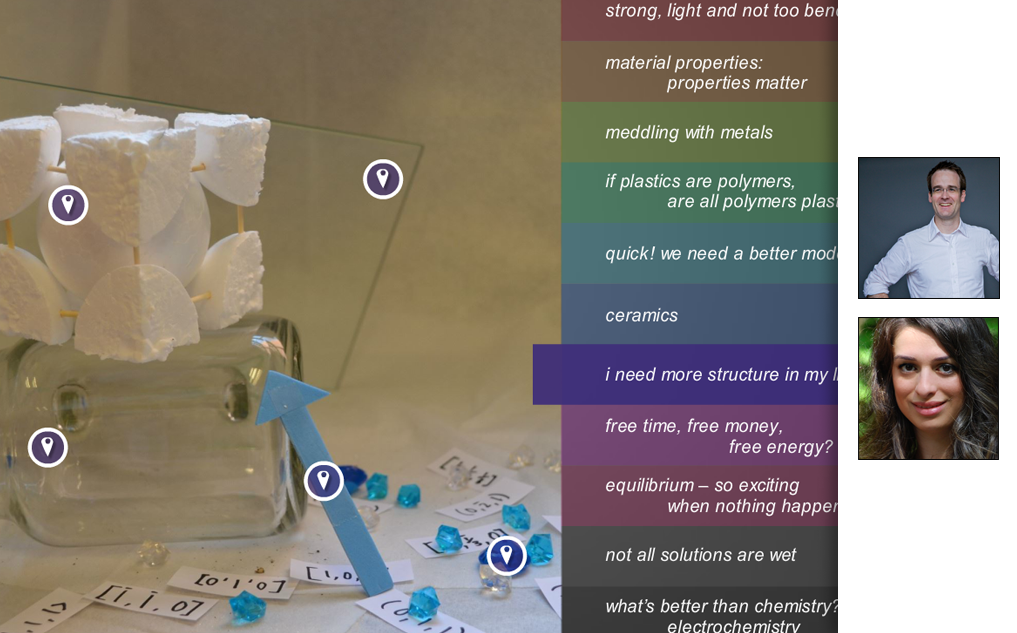Module Overview
Learning Outcomes
- Identify on the stress-strain curve for a typical metal the following points or regions: proportional limit, yield strength, ultimate tensile strength, fracture strength, linear elastic region, non-linear elastic region, uniform elastic deformation, uniform plastic deformation, non-uniform plastic deformation, onset of necking, ductility, toughness, and modulus of resilience
- Compute the true stress and true strain
- Compare and contrast the engineering stress and strain with the true stress and strain
- Derive equations for the true stress and true strain based on the assumption of constant volume
- Demonstrate how plastic deformation in metals occurs through the movement of linear crystalline defects
- Organize crystalline defects according to their dimensionality, that is, zero-dimensional, one-dimensional, two-dimensional, and three-dimensional
- Summarize the four major strengthening mechanisms in metals
PROJECT FILES
| Title | Author | Description |
|---|---|---|
|
|
CC BY | |
|
|
Scott Ramsay | |
|
|
Scott Ramsay |
| Title | Author | Description |
|---|---|---|
|
|
Scott Ramsay |
Basic overview of the generalized stress-strain behaviour of a typical metal in tension with a brief introduction to the 0.2% offset yield strength. (Duration: 09:48) |
|
|
Scott Ramsay |
In this video I discuss the general stress-strain behaviour of metals and define the yield strength, ultimate tensile strength, and fracture strength. (Duration: 08:43) |
|
|
Scott Ramsay |
Quick look at unifrom and non-uniform deformation (necking) in metals. (Duration: 03:38) |
|
|
Scott Ramsay |
In this video I introdcue true stress and true strain which then allows us to use the strain hardenging equation. (Duration: 08:19) |
|
|
Scott Ramsay |
(Duration: 11:03) |
|
|
Scott Ramsay |
This video is about Mechanism for plastic deformation in metals. (Duration: 12:20) |
|
|
Scott Ramsay |
This video is about Zero dimensional or point defects and solid solution strengthening. (Duration: 11:56) |
|
|
Scott Ramsay |
This video is about One dimensional or linear defects and Strain hardening. (Duration: 09:25) |
|
|
Scott Ramsay |
This video is about Area defects and strengthening by grain size reduction. (Duration: 11:22) |
|
|
Scott Ramsay |
This video is about Volume defects and precipitation hardening. (Duration: 06:02) |

